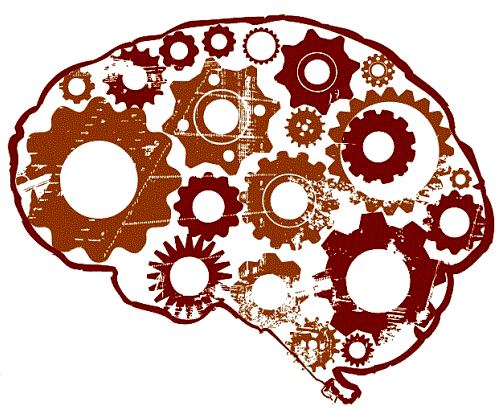Integration of AI and machine learning in engineering disciplines for innovative solutions: A Deep Dive
In today’s technologically advanced world, the integration of artificial intelligence (AI) and machine learning (ML) in engineering disciplines has become increasingly prevalent. This integration involves utilizing AI algorithms and ML models to solve complex problems, optimize processes, and drive innovation within various engineering fields. This comprehensive blog post explores the significance of integrating AI and ML in engineering disciplines for innovative solutions.
1. What is Integration of AI and Machine Learning in Engineering Disciplines for Innovative Solutions?
The integration of AI and machine learning in engineering disciplines refers to the incorporation of intelligent systems and algorithms that can learn from data into the various processes and solutions within engineering domains. By leveraging AI and ML techniques, engineers can automate tasks, make predictions, and discover insights that were previously not possible with traditional methods.
The integration of AI and ML in engineering disciplines is crucial for several reasons:
- Enhanced Efficiency: AI and ML algorithms can analyze vast amounts of data quickly and accurately, leading to more efficient engineering processes.
- Improved Decision Making: By utilizing AI models, engineers can make data-driven decisions that are based on predictive analytics and insights.
- Innovation and Creativity: AI and ML enable engineers to think outside the box and develop innovative solutions to complex problems.
- Cost Reduction: Automated processes powered by AI can help reduce operational costs and improve resource utilization.
Implementing AI and ML in engineering disciplines involves the following steps:
- Data Collection: Gather relevant data sets that will be used to train machine learning models.
- Preprocessing: Clean and preprocess the data to ensure its quality and accuracy.
- Model Selection: Choose the appropriate AI and ML models based on the nature of the engineering problem.
- Training: Train the selected models on the preprocessed data to learn patterns and make predictions.
- Evaluation: Evaluate the performance of the models using metrics such as accuracy, precision, and recall.
# Example code for training a machine learning model
from sklearn.model_selection import train_test_split
from sklearn.ensemble import RandomForestClassifier
X_train, X_test, y_train, y_test = train_test_split(X, y, test_size=0.2, random_state=42)
clf = RandomForestClassifier()
clf.fit(X_train, y_train)
When integrating AI and ML in engineering disciplines, several technical details and considerations need to be taken into account:
- Data Quality: The success of AI models heavily depends on the quality and quantity of training data.
- Model Selection: Choosing the right machine learning model that suits the problem at hand is crucial for achieving accurate predictions.
- Computational Resources: Training complex AI models may require substantial computational resources and infrastructure.
- Ethical and Legal Implications: Engineers must consider the ethical and legal implications of deploying AI systems, especially in safety-critical applications.
Best practices for successful integration of AI and ML in engineering disciplines include:
- Regularly updating and retraining AI models to adapt to changing data patterns.
- Collaborating with domain experts to ensure AI solutions align with engineering requirements.
- Conducting thorough testing and validation to verify the accuracy and reliability of AI models.
Common pitfalls to avoid when integrating AI and ML in engineering disciplines are:
- Overfitting: Training AI models too closely to the training data, leading to poor generalization.
- Data Bias: Using biased data sets can result in inaccurate and unfair AI predictions.
- Lack of Interpretability: Engineers should strive to make AI models explainable and interpretable for better understanding.
The integration of AI and ML in engineering disciplines has led to groundbreaking applications and case studies:
- Predictive Maintenance: Using AI algorithms to predict equipment failures before they occur, reducing downtime and maintenance costs.
- Autonomous Vehicles: ML models power self-driving cars by analyzing sensor data to make real-time driving decisions.
- Energy Optimization: AI is employed to optimize energy consumption in buildings and industrial processes, leading to significant cost savings.
The future of AI and ML integration in engineering disciplines holds promising developments:
- Explainable AI: Engineers are focusing on developing AI models that provide transparent explanations for their decisions.
- Edge Computing: AI algorithms are being deployed on edge devices for faster processing and real-time decision-making.
- Human-AI Collaboration: Enhancing the collaboration between humans and AI systems to leverage the strengths of both.
Integrating AI and machine learning in engineering disciplines is revolutionizing the way engineers solve problems, innovate, and optimize processes. By leveraging the power of intelligent algorithms, engineers can achieve unprecedented efficiency, make data-driven decisions, and drive advancements in various engineering domains. As AI and ML continue to advance, the possibilities for innovative solutions in engineering are limitless.
References:
